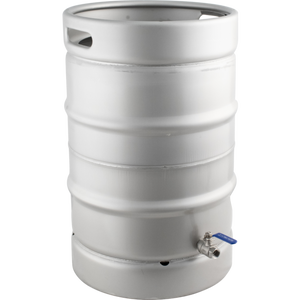- Mar 11, 2021
- 125
- 117
I bought a turkey fryer rig from a restaurant supply. Supposed to be 55,000 BTU. Took 4 gallons of peanut oil to cover the 15 pound turkey, I've done this before so I know the water displacement methos to decide how much oil is needed. I heated the oil to 350, took maybe 20 minutes, the turkey was out of the fridge for an hour. I slowly lowered the turkey into the oil, turned the burner back on, and in the 50 minutes it took to cook the bird the oil never got above 275. Bird cooked perfect, not oily at all. I checked the oil temp with a Thermapen it was the same as the thermometer that came with the fryer. Regulator all the way open, 20 pound bottle was full and valve open, it was 45 degrees and not windy. Thoughts? As I said all was well, just wondering why the oil never got back to 350.






